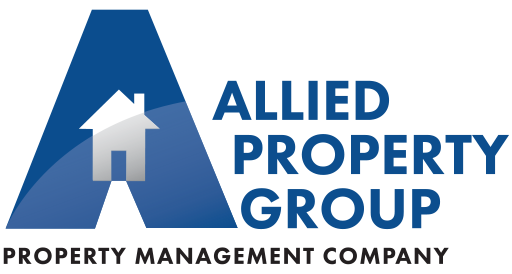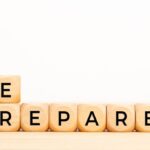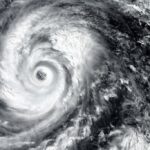By: Ana Sanchez Rivero
In 2017, Hurricane Irma came by Florida but luckily it was not a direct hit. Unfortunately, it still caused enough damage to a number of people and property. Though there were policies and procedures issued since this calamity, we as individual homeowners, board members, and associations still need to know what to do to get ready for a hurricane.
In this episode of Community Association Matters, Assistant Code Compliance Director Edgard Estrada from the City of Doral explains the things we need to prepare before and after a hurricane hits.
Before the hurricane
Food and water. According to Edgard, 1 gallon of water should be allotted per person per day, while for pets such as dogs and cats, ½ gallon would be enough. Make sure to prepare with enough water for at least 3 days. As for food, it’s best to stock up on non-perishable foods such as canned goods (tuna, Spam, sausages, etc.) which would last you and your family for at least a week.
Hurricane kit. The hurricane kit includes your first-aid: bandages, gauze, medicines like ibuprofen and paracetamol. It also should contain a flashlight and extra batteries. It is good to also have a portable radio for news alerts. Ultimately, the hurricane kit must be easily accessible, and all members of the family should know where it is kept.
Remove lawn furniture. Hurricane force winds can easily blow lawn furniture. This is why Edgard says items like garden gnomes, beach chairs, grills, etc. should be temporarily stored indoors at least 72 hours before a hurricane. If something’s too big to store at home or in a storage shed, then at least tie it down to make sure they don’t become projectiles flying out in a hurricane and cause bigger physical damage to property and individuals.
Tree pruning, trimming, and grass cutting. Tree pruning is important in order to keep trees sustainable, making them stronger and able to withstand strong winds during a hurricane. But some homeowners and community associations don’t know that there is a proper way to prune trees. If done incorrectly, a tree will grow back weaker, and thus the tree (or its branches) can come right off at the slightest force wind.
For this reason, Edgard recommends hiring professional landscapers that have arborists on staff who can perform proper tree pruning and trimming. Standard guidelines (which can be found online) should be followed. Also, this should be done before hurricane season — tree debris can be a big liability to the community in general.
A common mistake some owners make is mowing the grass and blowing the grass blades into the sidewalk and into the street. This should not be done as it can cause clogging of the storm drain, which effectively results into a greater flooding event.
After the hurricane
Assess for damage. Edgard suggests that the first thing homeowners and associations should do is to assess for any kind of damage in the exterior. Clear your driveway. It’s best if you have a chainsaw in the event that there are large trees in your general area.
Look out for hazards. Just because the wind and rain events are over doesn’t mean that danger is over. If there’s flood water, be careful going into waters because you don’t know how deep it is, or it might have cables that can cause serious electric shock.
Also check out for places where stagnant water can be inadvertently stored. Look out for possible mosquito infestations, especially now with the recent diseases like the Zika virus. Check potted plants, empty any fountains and containers that might be filled with water.
Be mindful of other exterior structures as well, such as swimming pool barriers that may have fallen after a storm. Restore those immediately as leaving it unattended may lead to untoward incidents.
Debris removal. Aside from individuals helping out in the cleaning, associations should also try to communicate with landscapers that service the community, so they can give priority in cleaning up your community. But on a similar note, everyone should still be patient with the landscapers (and also the FPL) because nothing can be done to rush clean-ups and repairs.
We’re prepared… now what?
If individual owners are prepared for the before and aftermath of a hurricane, so must community associations. They should have measures and countermeasures for this situation. For instance, there is an ordinance in the city of Doral which requires homeowner associations to have an emergency plan in place. Each should provide general information, like the board of directors and their contact information, and also proof of insurance for the community as well. The association should make sure that the community is covered legally and have enough reserves to cover any unforeseen emergencies.
To conclude, Edgard believes that a community association should have an effective plan of action which is properly disseminated to homeowners so that the community as a whole is prepared in the event of an unexpected calamity.
Learn more about the initiatives of the City of Doral for hurricane preparedness, and for a more in-depth discussion, listen to this episode’s podcast by clicking here. Don’t forget to subscribe so you don’t miss out on future episodes!



